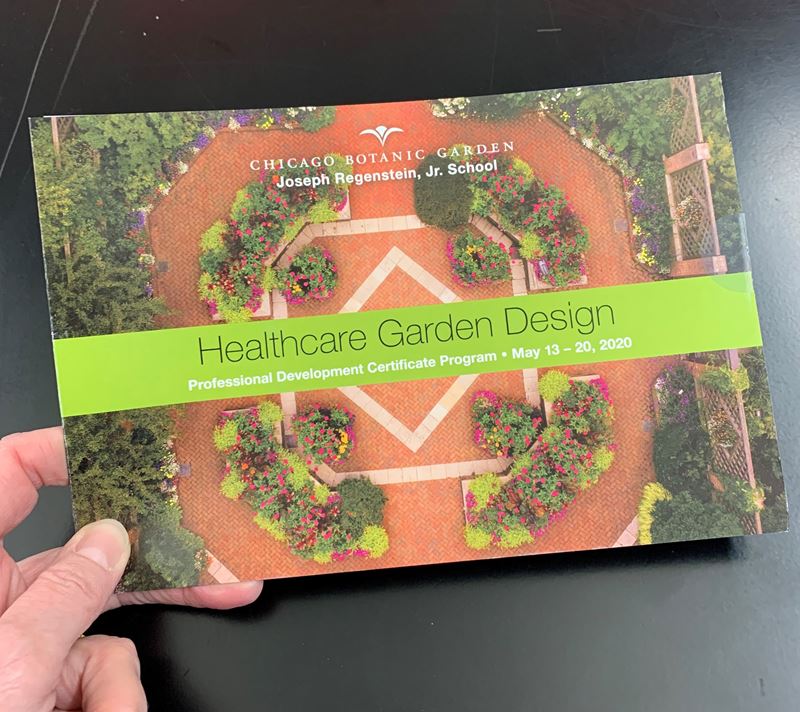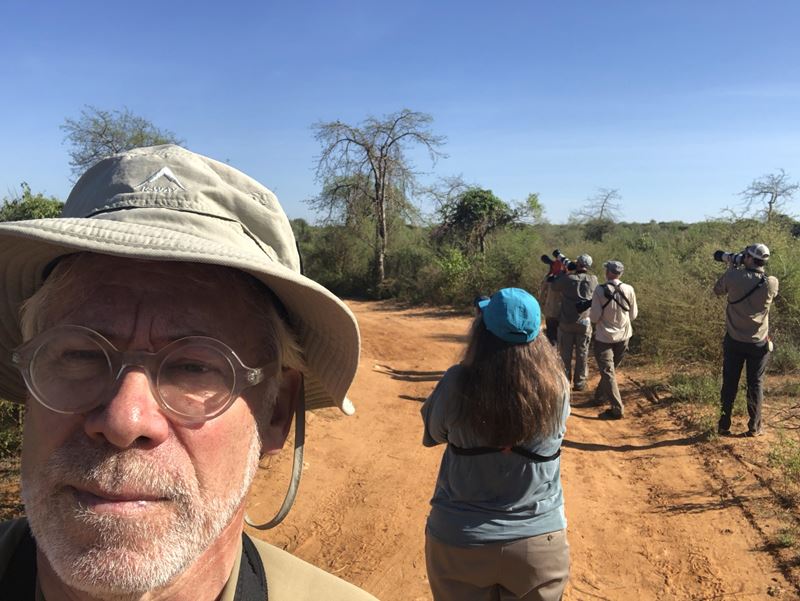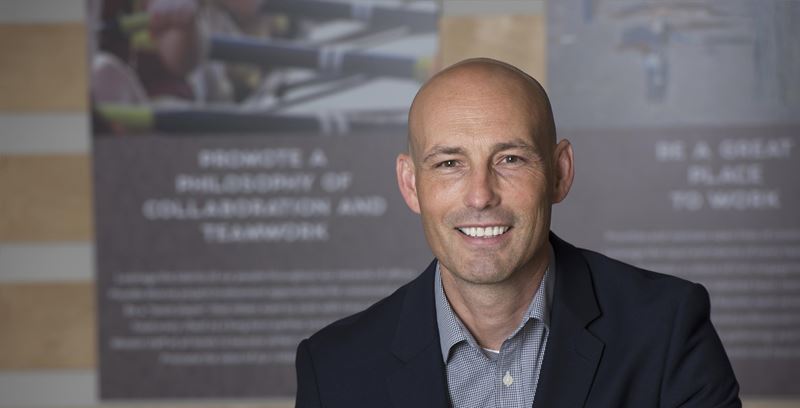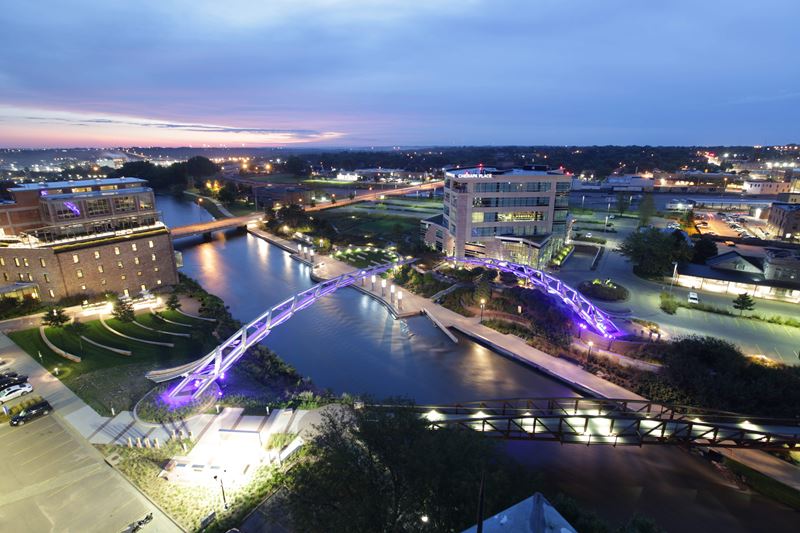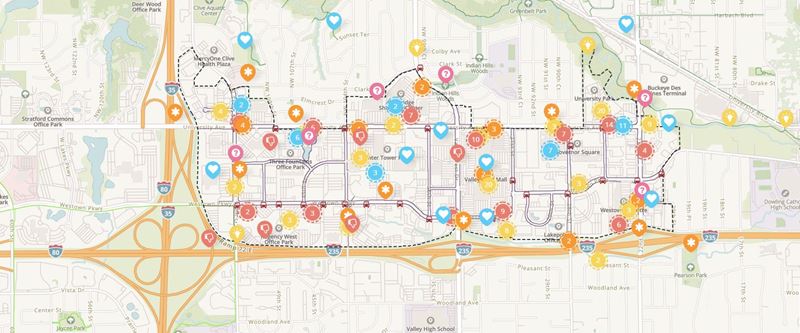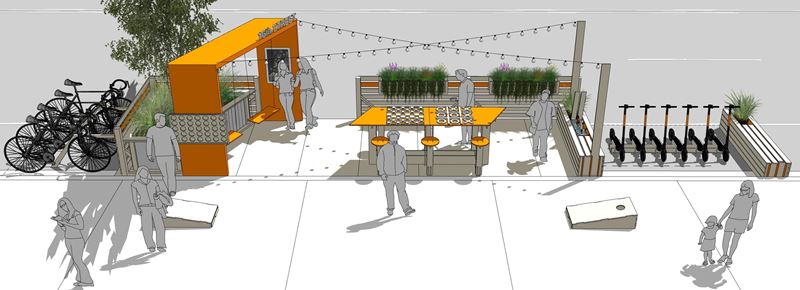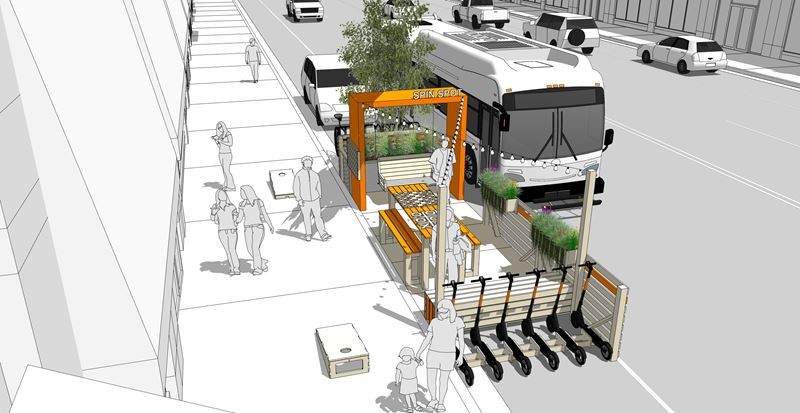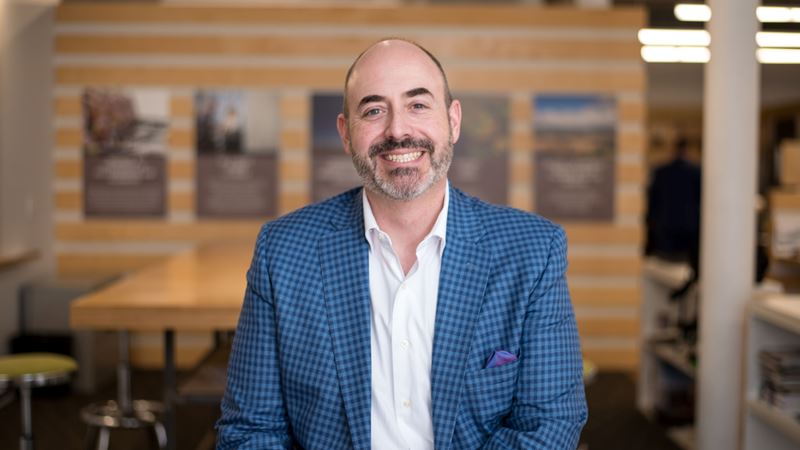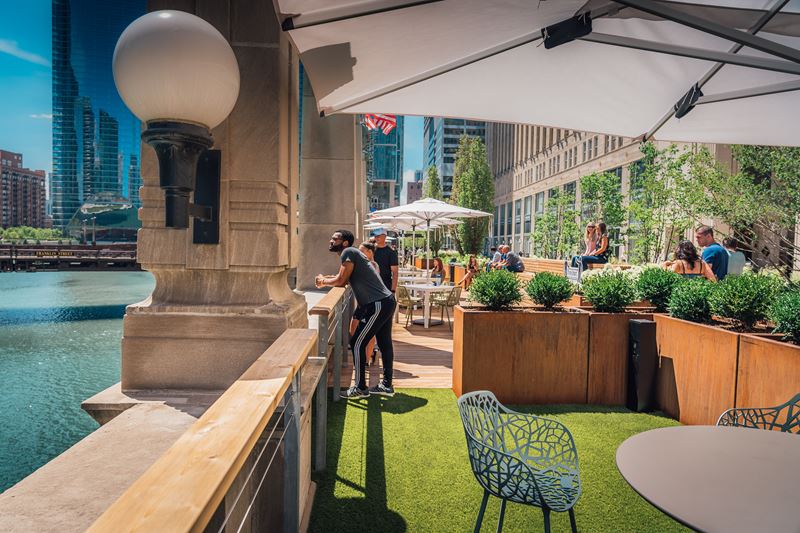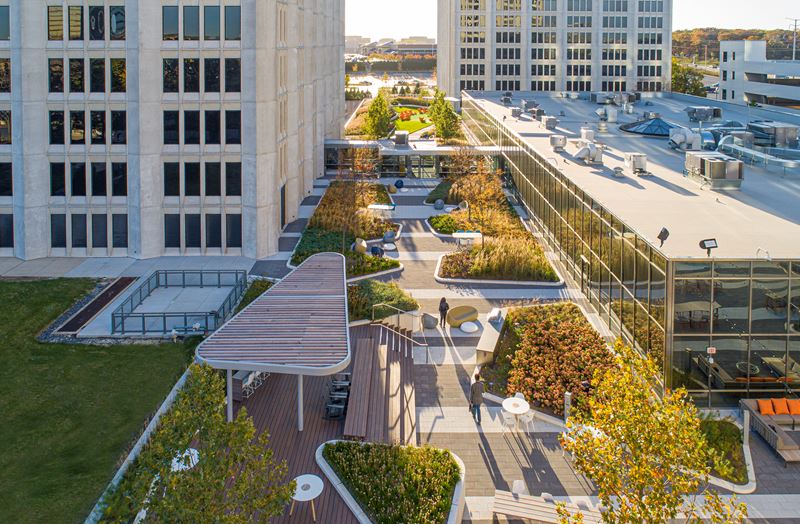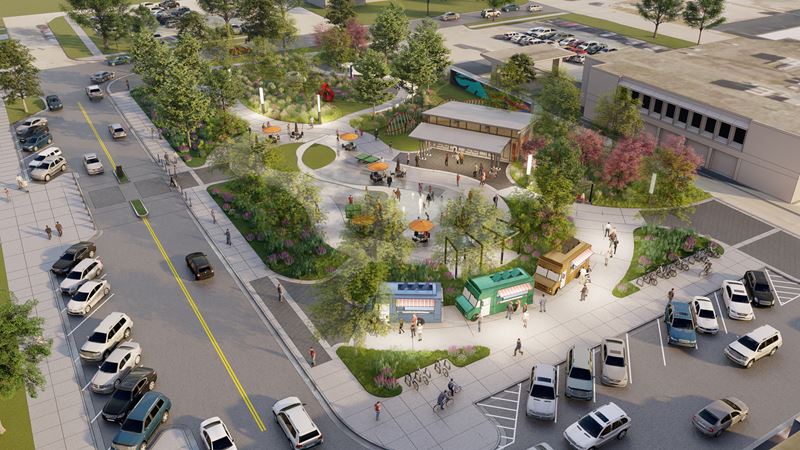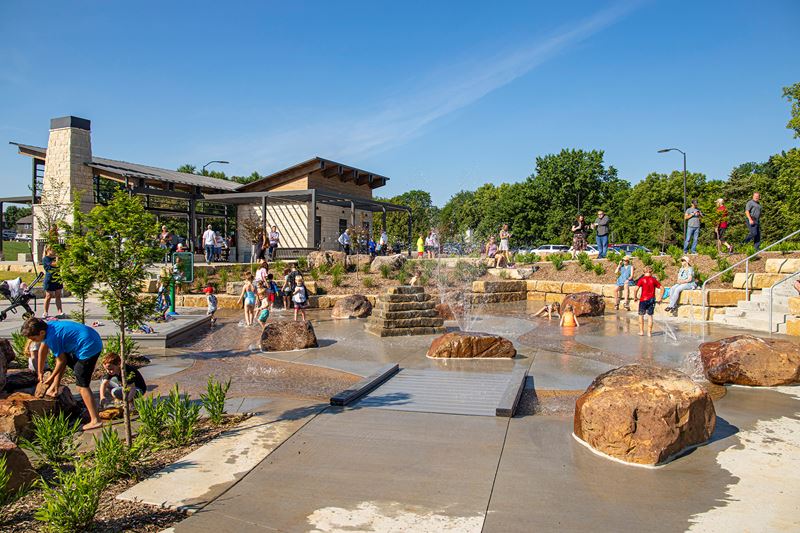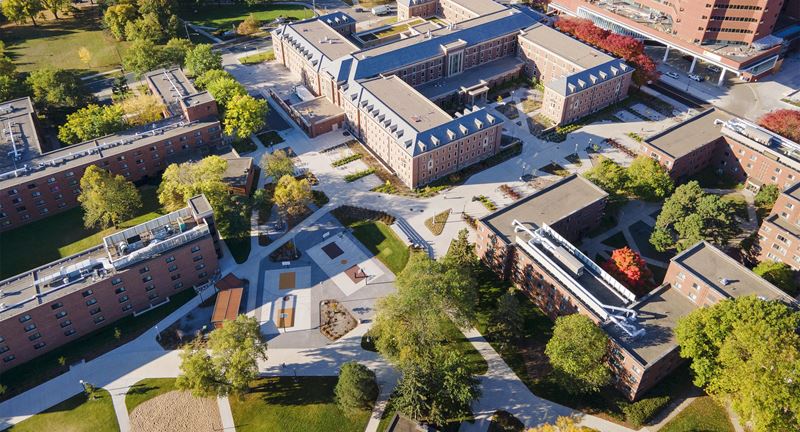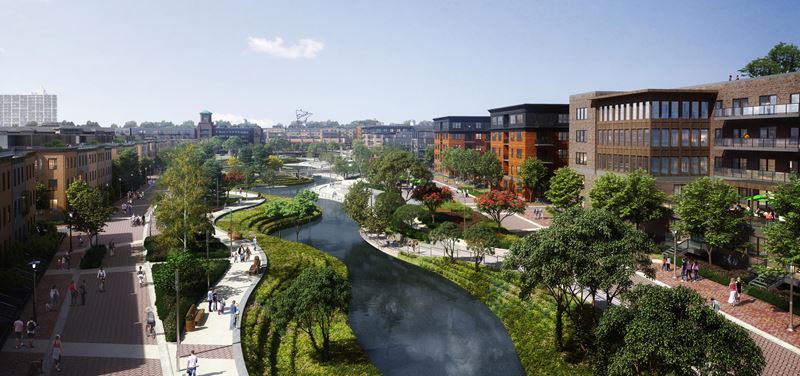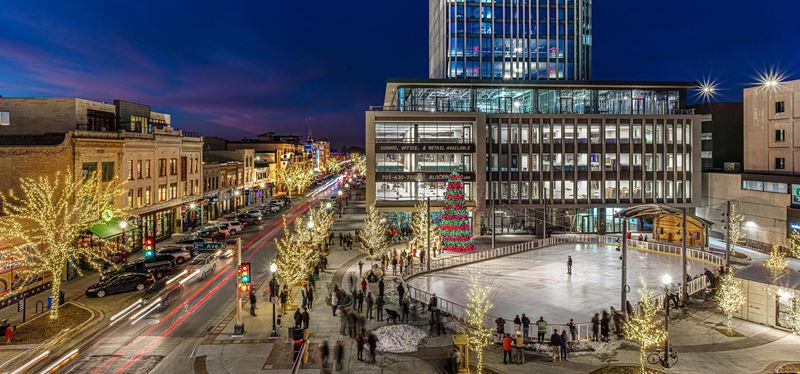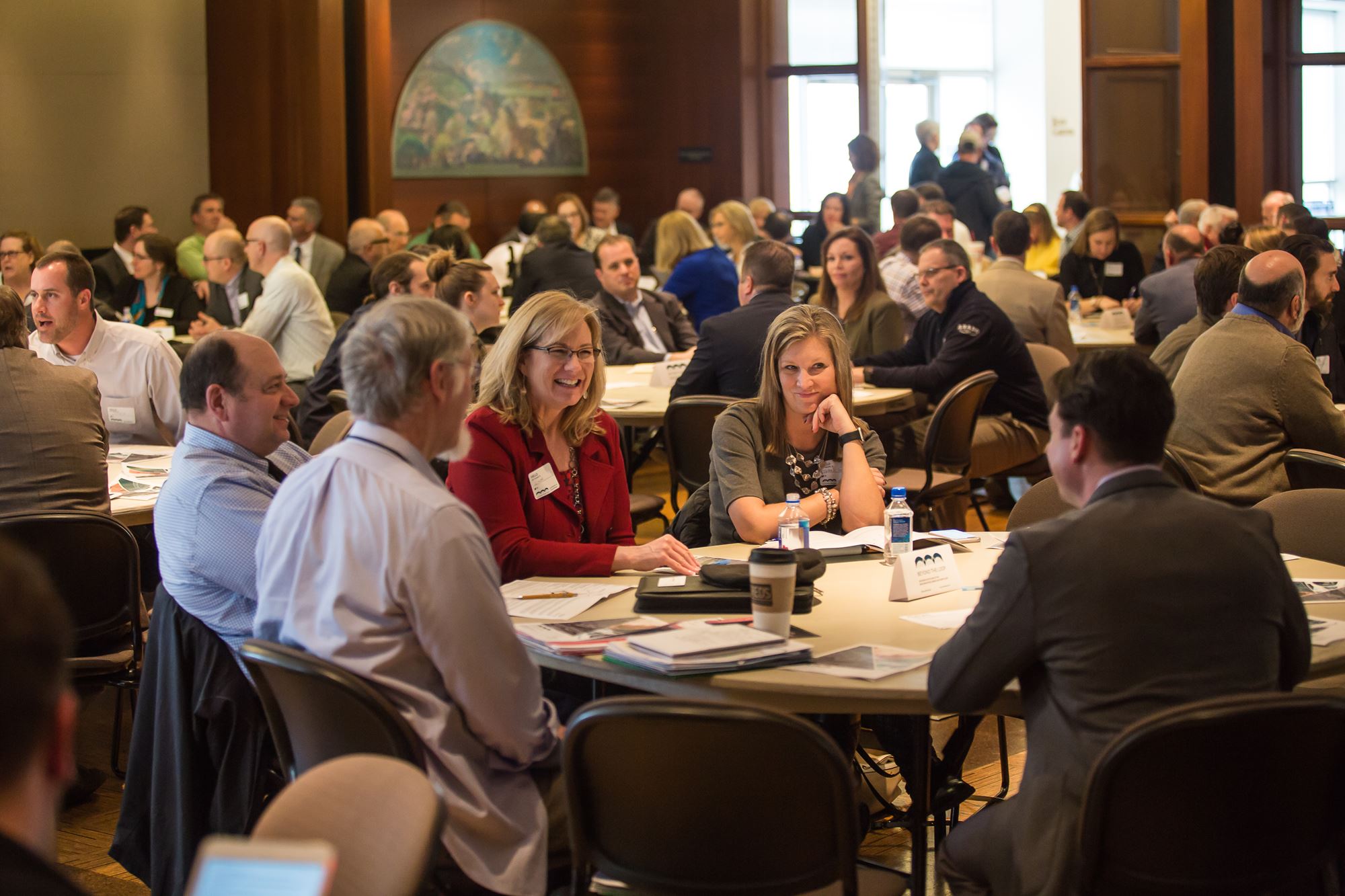
Insight
Community Engagement in Today's World
Tuesday, February 8, 2022
By Christopher Shires and Jane Reasoner
In today’s fast-paced and tech-savvy world, enticing residents to participate in traditional after-hours public meetings to provide input on community design or planning projects has become more challenging than ever. The traditional adage of “meeting people where they are” still applies, but the last two years has found people spending more time at home instead of attending community gatherings, festivals, and events. As a result, effectively engaging the community in the design and planning process has pivoted – and has created opportunities to reach a broader audience.
When Merriam, Kansas, started the planning process for their new comprehensive plan in 2019, the COVID-19 pandemic was still months away from completely altering our lives. Our team initially conducted many in-person stakeholder meetings and community outreach events. But to continue engaging the community, we needed to create a new approach by shifting to a completely online engagement model in March 2020.
While we had already created an official project website, a separate engagement website was developed as an alternative to the now cancelled in-person events. We utilized interactive tools including videos that encouraged residents to add their suggestions and ideas to a city map, to provide review comments on proposed design concepts, and to complete visual preferencing exercises and surveys. The site was advertised throughout the city on yard signs featuring a QR code directing users to the site. Engagement on the website far surpassed our expectations. The data collected from Merriam residents was vital to informing the final plan, which was adopted in 2021.
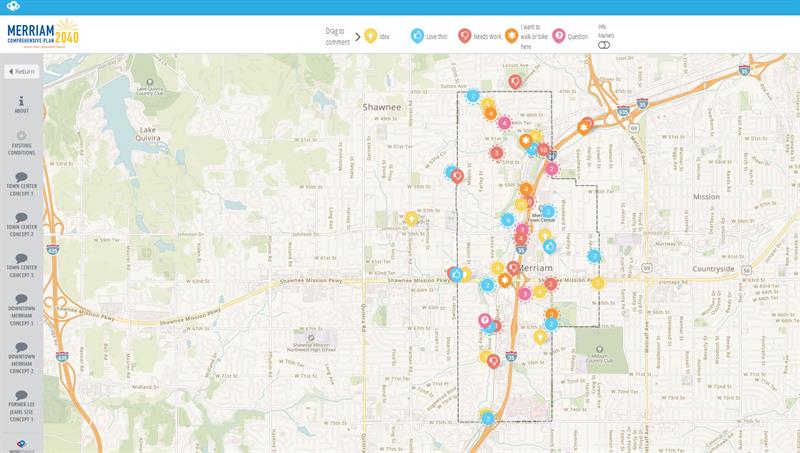
The success in Merriam indicated that these online engagement methods could benefit future projects, even after in-person interactions were deemed safe again. Since then, our team has implemented this approach on several other planning projects including Building Bondurant, the 2040 Comprehensive Plan for Bondurant, Iowa. For this plan, our engagement website received over 3,000 visitors, 187 map comments, 210 survey responses, and over 500 responses to a virtual budget/priority exercise. We were also able to hold in-person engagement opportunities once again, including a public workshop and a Box City event for kids, resulting in a hybrid approach that maximized community engagement.
These public engagement websites aren’t the only useful digital tool we’ve employed. In 2020, most of our stakeholder meetings were held completely virtual. Now almost two years later, we continue to include a virtual option in all our stakeholder meetings. This flexibility has led to an estimated 40-50% increase in stakeholder participation throughout our planning practice. We’ve also worked with cities to promote virtual meetings and engagement websites through social media posts, window signs in local businesses, yard signs at key locations, and flyers around town.
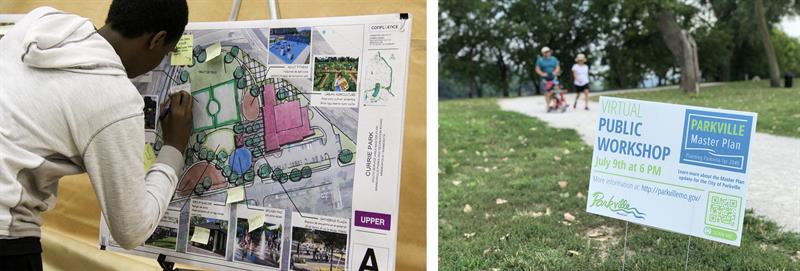
This approach has also been adapted for use in our design practice as well. Our team is currently crafting a master plan for the Cannery District in Eau Claire, Wisconsin – a riverfront area poised for revitalization with new businesses, residences, entertainment, and recreation uses to serve the community. Through a series of public and stakeholder outreach events, combined with our use of a dynamic and interactive project website, our design efforts have garnered over 900+ community comments and suggestions.
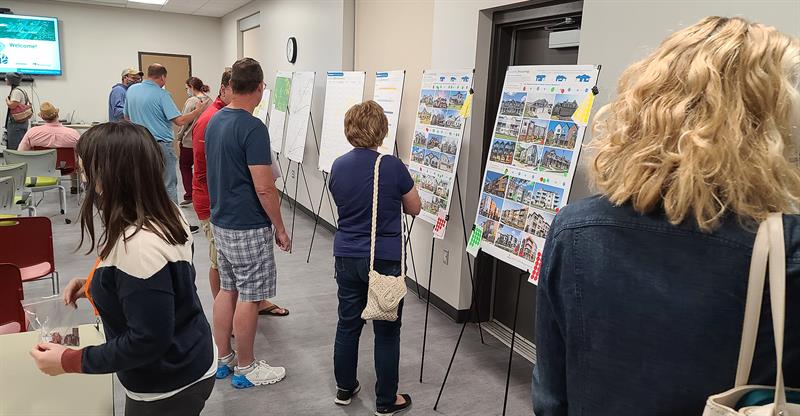
There will always be advantages of in-person engagement that digital tools can never truly replicate, but we believe online participation has proven value in extending outreach and flexibility for participants. Through a coordinated effort to combine both approaches we can reach more members of the public and develop informed planning and design solutions that serve the needs of the entire community.

